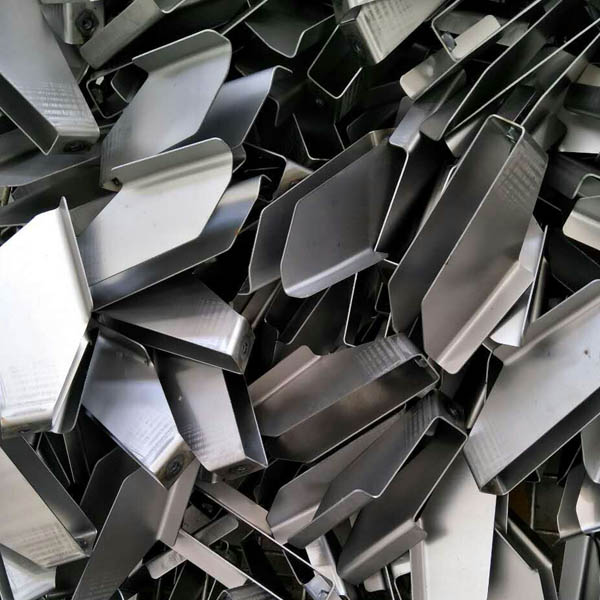Stamping parts

PIC-(Stamping parts
Most of the steel products are made by stamping, which can improve the rigidity of the parts with stiffeners, ribs, undulations or flanging which are difficult to manufacture by other methods. Compared with castings and forgings, stamping parts have the characteristics of thin, uniform, light and strong. The precision of the workpiece can reach micron level, and the repeatability precision is high, and the specification is consistent. It can punch holes, boss, etc.
Stamping parts is a kind of forming processing method which uses press and die to exert external force on sheet, strip, pipe and profile to produce plastic deformation or separation, so as to obtain the required shape and size of the workpiece. In this process, we will inevitably encounter some problems. How to deal with them?
In stamping parts processing, when the cross-section quality and dimensional accuracy of the workpiece are required to be higher, the trimming process can be added after the blanking process or the precision blanking process can be directly adopted. In order to improve the stability of precision stamping parts process, it is sometimes necessary to increase the number of processes to ensure the quality of stamping parts.
In many cases, the number of bending processes mainly depends on the complexity of its structure shape, and depends on the number of bending angles, relative position and bending direction. When the bending radius of the bending part is less than the allowable value, a shaping process is added after bending.
Similarly, the number of drawing processes is related to material properties, drawing height, drawing steps, drawing diameter, material thickness and other conditions, which can be determined by drawing process calculation. When the fillet radius of the drawing part is small or the dimensional accuracy is required to be higher, a shaping process should be added after the drawing.
On this basis, the determination of the number of stamping parts should also be in line with the existing die making capacity and stamping equipment. The mold making capacity should be able to ensure that the mold processing and assembly accuracy can be improved correspondingly, otherwise, only the number of processes can be increased.
For stamping parts with simple shape, single process die is used; for stamping parts with complex shape, due to the limitation of die structure or strength, the inner and outer contour of stamping parts should be divided into several parts, and multiple stamping processes should be adopted.



 Contact: Mr. Guo
Contact: Mr. Guo Mob: +86-183 3300 0079
Mob: +86-183 3300 0079 Tel: +86-317-5299861
Tel: +86-317-5299861 Add: Tiancheng Fortune Center, Yunhe District, Cangzhou, Hebei
Add: Tiancheng Fortune Center, Yunhe District, Cangzhou, Hebei


